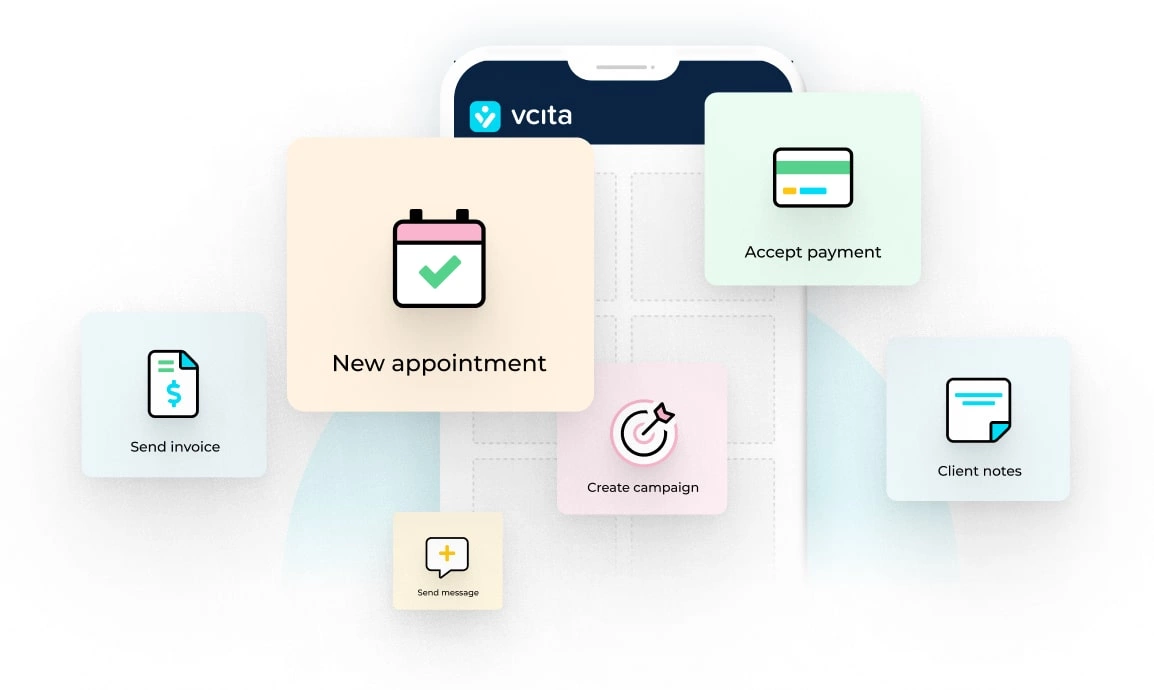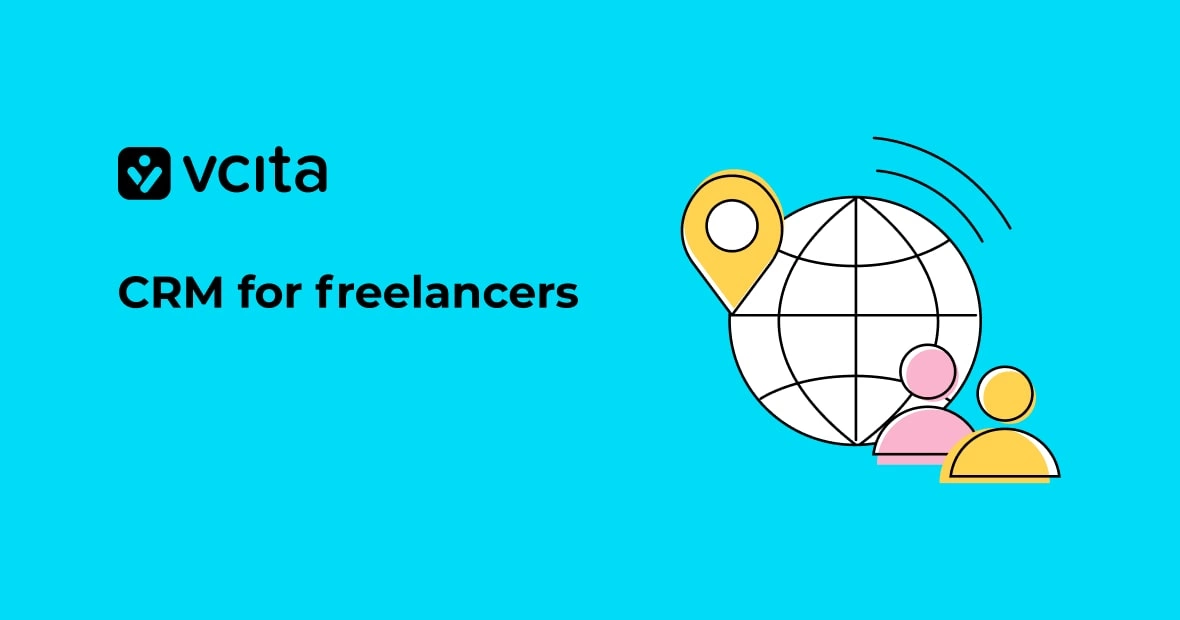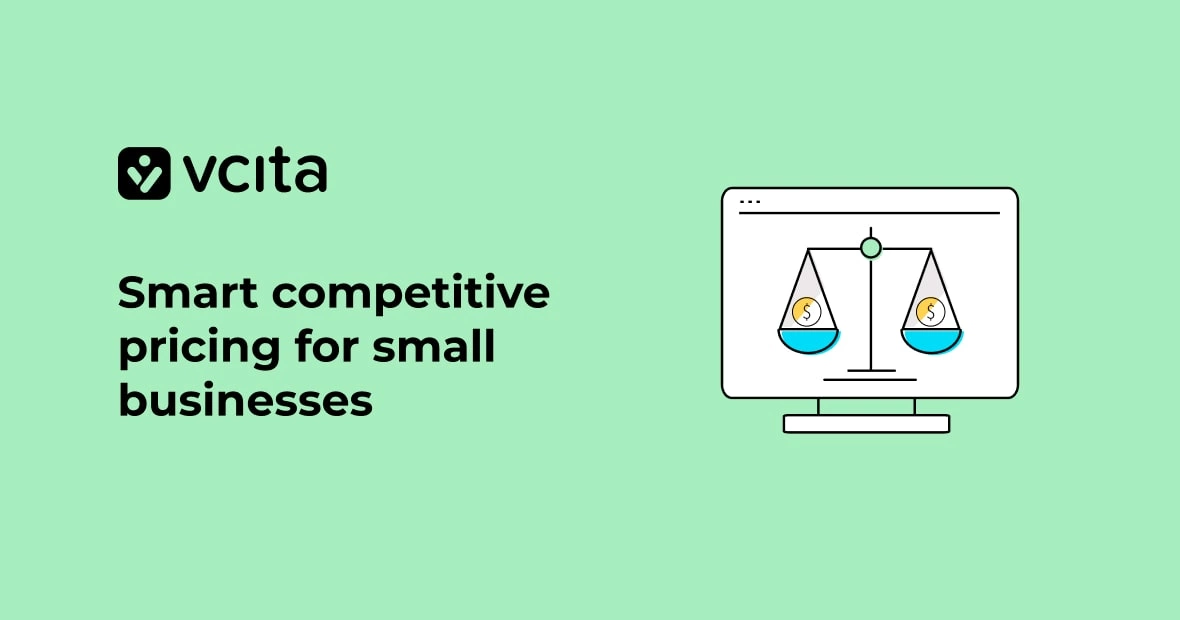When your business started, the only availability schedule you needed to worry about was your own. You could probably have managed everything using your desktop planner. Then you sold products, attracted loyal customers, and hired employees.
For obvious reasons, a desktop planner doesn’t work any more. You no longer have your own availability to think about. Customers want to know when they can book appointments and reschedule cancelled ones. Vendors ask about your meeting availability. The work environment is shift-based, so you need to keep track of employee availability.
Why you need availability scheduling software
It’s critical that you now invest in scheduling software for your business. Below are some of the more compelling reasons why.
- Customers today value convenience almost as much as service quality. If they want to book a manicure and pedicure,
- The more employees you have, the more complex work shift patterns become. Figuring it all out takes valuable time away from your other commitments. It’s not unusual for small business owners to spend over eight hours a week creating schedules when they use manual tools like Microsoft Word or Excel.
- When you’re doing your own availability scheduling, it’s easy to accidentally violate workplace laws. You could forget to take mandatory breaks into account or pay required overtime.
- Flexible scheduling improves employee engagement by supporting a better work-life balance, but it also makes shift planning more complicated for you.
There are intuitive and automated business scheduling solutions available to reduce the amount of time you spend on managing service and employee availability. You can now take those hours you used to allocate to scheduling matters and apply them to tasks that grow the company.
How to create an availability schedule for your business
You have different options for creating an appointment availability schedule for your company. The most basic solution is to have clients call or email and your staff enter confirmed appointments into an Excel spreadsheet or MSWord document. If you want to eliminate no-shows, you have an employee follow up with the client by phone or email.
While this system technically works, it’s flawed. Unless these schedule documents are in the cloud, you won’t be able to review or update them when you’re out of the office. A shared Google document or Google calendar is a better option in that you can grant access to employees and view it on the go, but neither one will meet the expectations of today’s consumers because they are internal processes that clients can’t access to book, cancel, or reschedule appointments.
The best solution is a software package with an appointment availability calendar that you can embed on your website and social media profiles to display both the services offered and when you have open time slots for each one. Here are four reasons why using one can make a huge difference in business growth and your bottom line.
- Most people look for goods and services online. According to Statista, in 2018, an estimated 1.8 billion people across the globe made online purchases. Projections also suggest that worldwide online sales are going to hit $4.8 trillion by 2021.
- People prefer to interact with businesses online. If your website features an appointment calendar that lets visitors book on the spot, they’re more likely to follow through.
- Consumers are more likely to buy immediately. Over half of all online searches made using a smartphone will translate into a purchase within an hour. When they can immediately book a dinner reservation, manicure, or coaching session after viewing availability online, they’re likely to do so. If they also pay upfront, they’ll be more likely to show up.
- It makes their own schedules easier to manage. Customers have hectic lives too. Most scheduling software includes automated email and text reminders of their upcoming appointment, so they’re less likely to forget.
Most availability schedulers sync with an existing business calendar, so if you use Google or Outlook, any updates made to one platform will appear on the other one. Other features that are a must-have include:
- Meeting and appointment reminders sent via email or SAS.
- Payment processing, so clients can prepay or make a deposit. This investment makes it less likely that they’re going to abandon their purchase or not show up.
Some availability schedulers have power features that maximize customer engagement. Client relationship management solution vcita has a customizable client portal that lets customers do the following:
- Book and manage appointments
- Make secure online payments
- Share files
- View their past services with your company
- Directly message you
You can personalize your client portal by incorporating your logo and brand colors into the design, so that customers always see it as an extension of your service-based business.
How to schedule employee availability
While customers are concerned with open time slots for services, as a business owner, you’re going to be especially concerned about employee availability.
How many times have you posted the schedule for the coming week on Sunday, only to have at least one person say that you booked them on a day that they had requested off or that they couldn’t stay until 8:00 p.m. due to evening classes. Now you’re scrambling to find people who can pick up shifts.
With an availability schedule, you no longer have to worry about scheduling snafus. First, collect the following information from your team.
- Availability for the coming week. Emergencies aside, are they available to work their usual schedule? You may have forgotten time-off requests from over a week ago.
- Confirm preferred shifts. Your long-term employees likely have a preferred shift schedule that you know and accommodate, but when you hire new people, confirm their shift preference before adding them to the schedule.
- Confirm maximum number of hours. With new employees in particular, verify the desired number of hours. All employees should be asked when they might be available to cover for a sick coworker or help out if things get unexpectedly busy.
Like appointment availability scheduling, employee scheduling options range from simple to sophisticated. You can use an MSWord document or Excel spreadsheet that you personally manage, or create proposed schedules in a Google sheet and share it with your team before you finalize them.
The problem with these tools is that you’re still doing a lot of work. You’ve got to create and share a proposed schedule after calling and emailing around to get the necessary availability details. As your team grows, using spreadsheets will be less and less sustainable.
Availability scheduling software streamlines the process of creating schedules for an hourly workforce. Common time-saving features include:
Common features include:
- Automatic shift assignment based on availability
- Team email or text notification of new schedules and shift changes
- Swift-swapping capability between employees
- Team notification of available shifts
- Overtime alerts
Some scheduling software integrates with your payroll system, eliminating the need for separate reporting, and provides you with a thorough analysis of labor costs. Other benefits include:
- Better team communication: Whenever you post a new schedule or need to make an urgent announcement (“Pam has just called in sick. Can anyone work her 12-4 shift?”), the details are immediately sent to all team members. They’ll be able to plan their coming week after knowing their work schedule and you’ll find shift replacements more quickly.
- Improved service continuity: Ideally, you should use a service that allows employees to swap shifts with one another. If Mary can’t work her Monday morning shift, she can trade with Paul, who would like Friday afternoon off. You don’t have to put any management tasks on hold to find a replacement for Mary.
- Labor cost control: Depending on your industry, labor costs should account for no more than 20 to 40% of your gross revenue. Employee scheduling software can provide you with historical data that helps predict future demand, so you don’t understaff the business at a busy time or schedule more people than you really need.
Online availability scheduling is so effective that they have inspired an entire market. There is a dedicated solution for practically all industries:
- EventSquid and Configio Events support event planners who manage short-term services for events and conferences.
- OpenSimSim is designed for scheduling needs and challenges in retail, restaurant, and hospitality sectors.
- Playpass is intended for businesses that manage sports tournaments and community events.
No matter what kind of small business you run, you’re likely to find a scheduler that works for you.
Conclusion
Finding an availability scheduling app for your small business is easy. What may take time is selecting one that meets all of your needs. However, the limited number of hours that you spend test-driving a few options will be well spent when you adopt a scheduler that lets customers and employees take independent action, freeing you up so you can focus on building your brand.




























